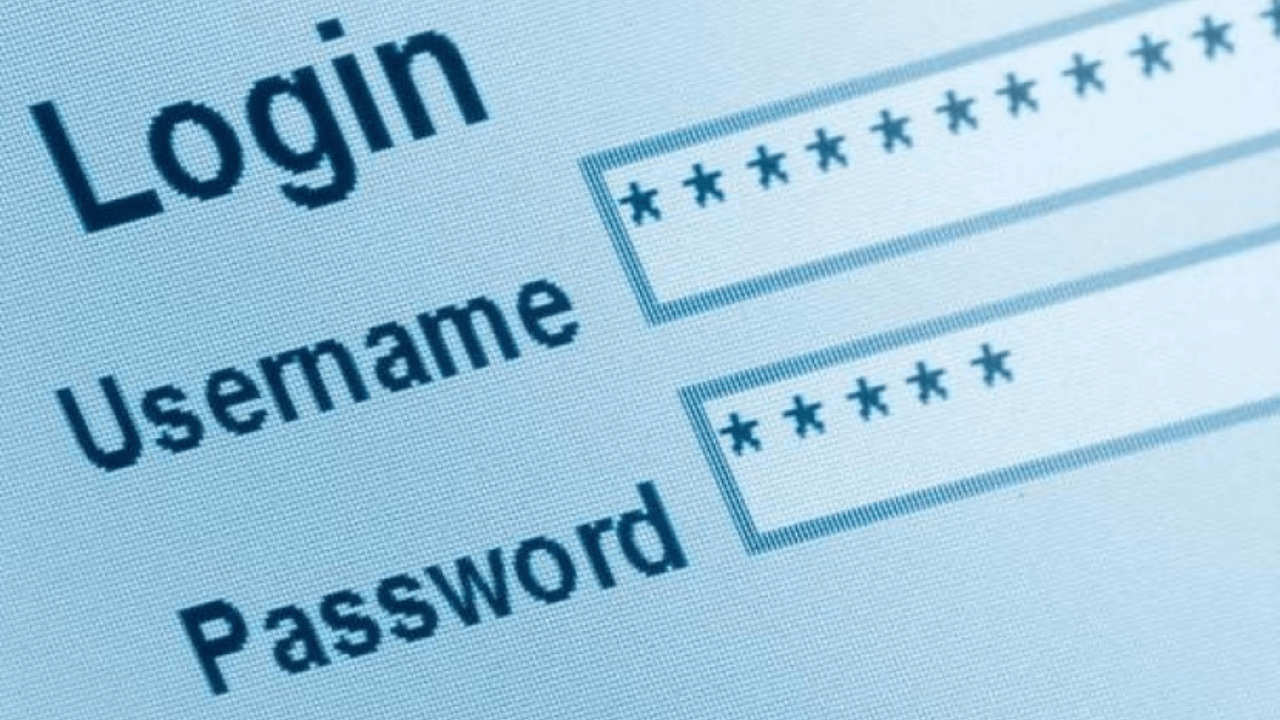creating a strong and secure Wi-Fi password
Creating a strong and secure Wi-Fi password is essential to protect your network from unauthorized access and potential security breaches. Here are some tips to help you create a strong and secure Wi-Fi password:

Length and Complexity
- Make your password long, ideally at least 12 characters or more. The longer the password, the harder it is to crack.
- Use a combination of uppercase and lowercase letters, numbers, and special characters.
- Avoid using easily guessable or common passwords such as “password,” “123456,” or “admin.”
Avoid Personal Information
- Don’t use personal information like your name, address, birthdate, or phone number in your
password. - Hackers can easily find this information and use it to guess your password.
Randomize Your Password
- Generate a random password using a password manager or an online password generator.
- Randomly combine letters, numbers, and special characters to create a unique and secure password.
Avoid Dictionary Words
- Avoid using common words or dictionary terms as they can be easily cracked by password-cracking software.
- Instead, consider using a passphrase or a combination of unrelated words to increase complexity and memorability.
Don't Share Your Password
- Keep your Wi-Fi password confidential and avoid sharing it with others unless necessary.
- If you need to provide network access to guests, consider setting up a separate guest network with a different password.
Regularly Update Your Password
- Change your Wi-Fi password periodically, at least once every few months, to enhance security.
- Updating your password regularly helps protect against unauthorized access, especially if someone has gained access to your network.
Enable Network Encryption
- Use WPA2 (Wi-Fi Protected Access 2) or WPA3 encryption protocols for your Wi-Fi network.
- These encryption standards provide stronger security than outdated protocols like WEP (Wired Equivalent Privacy).
Disable Wi-Fi Protected Setup (WPS)
- WPS can be susceptible to brute force attacks, allowing unauthorized users to gain access to your network.
- Disable WPS in your Wi-Fi router settings to eliminate this potential vulnerability.
Avoid Easy-to-Guess Network Names (SSIDs)
- Choose a unique and non-obvious name for your Wi-Fi network (SSID).
- Avoid using default network names provided by the router manufacturer, as they can make your network an easy target for attackers.
Keep Router Firmware Updated
- Regularly check for firmware updates for your Wi-Fi router.
- Router firmware updates often include security patches and bug fixes that help protect against vulnerabilities.
Conclusion:
By following these tips, you can create a strong and secure Wi-Fi password that enhances the security of your network and prevents unauthorized access. Remember to balance complexity and memorability when creating your password, and regularly update it to maintain optimal security.






